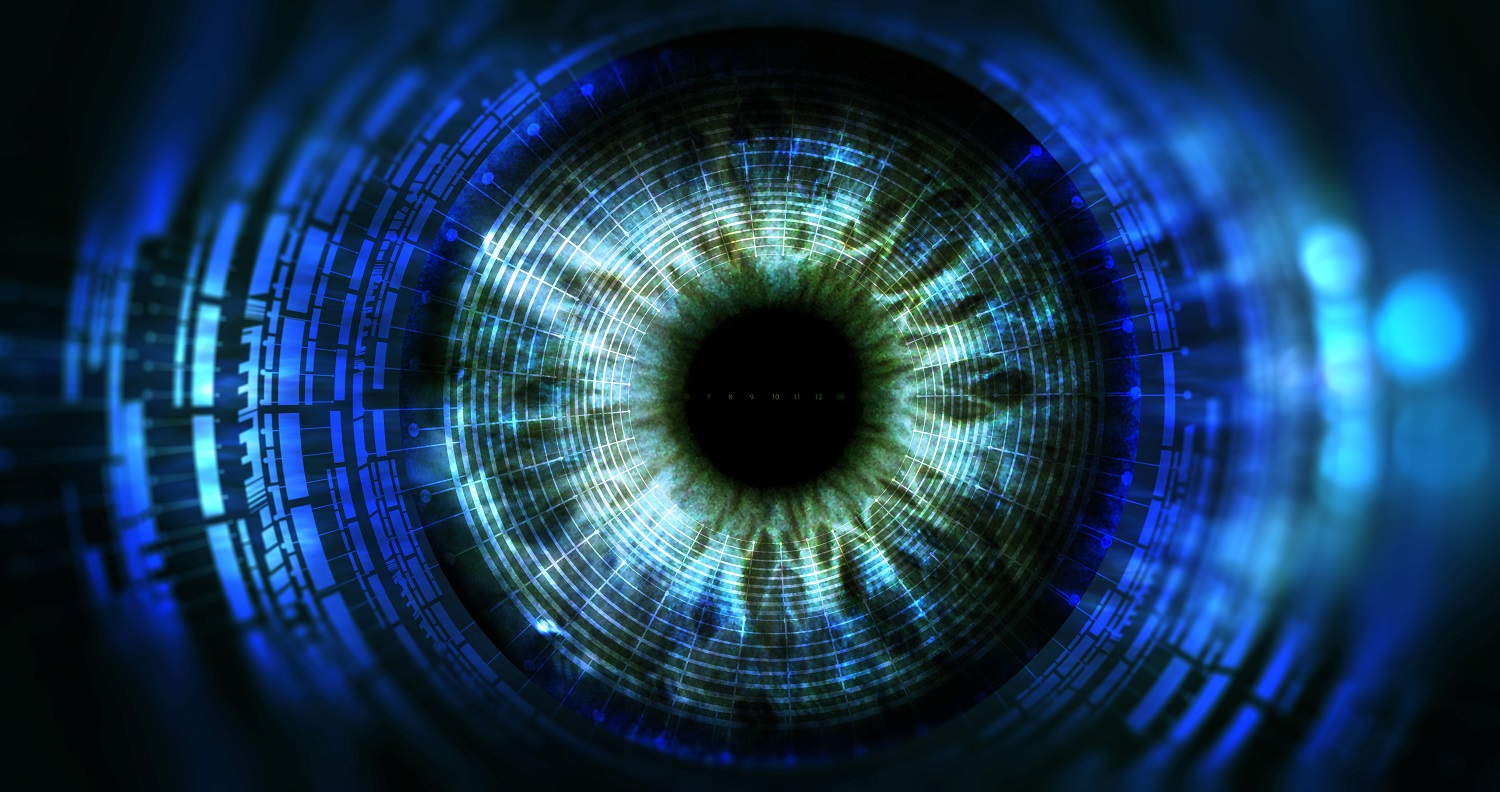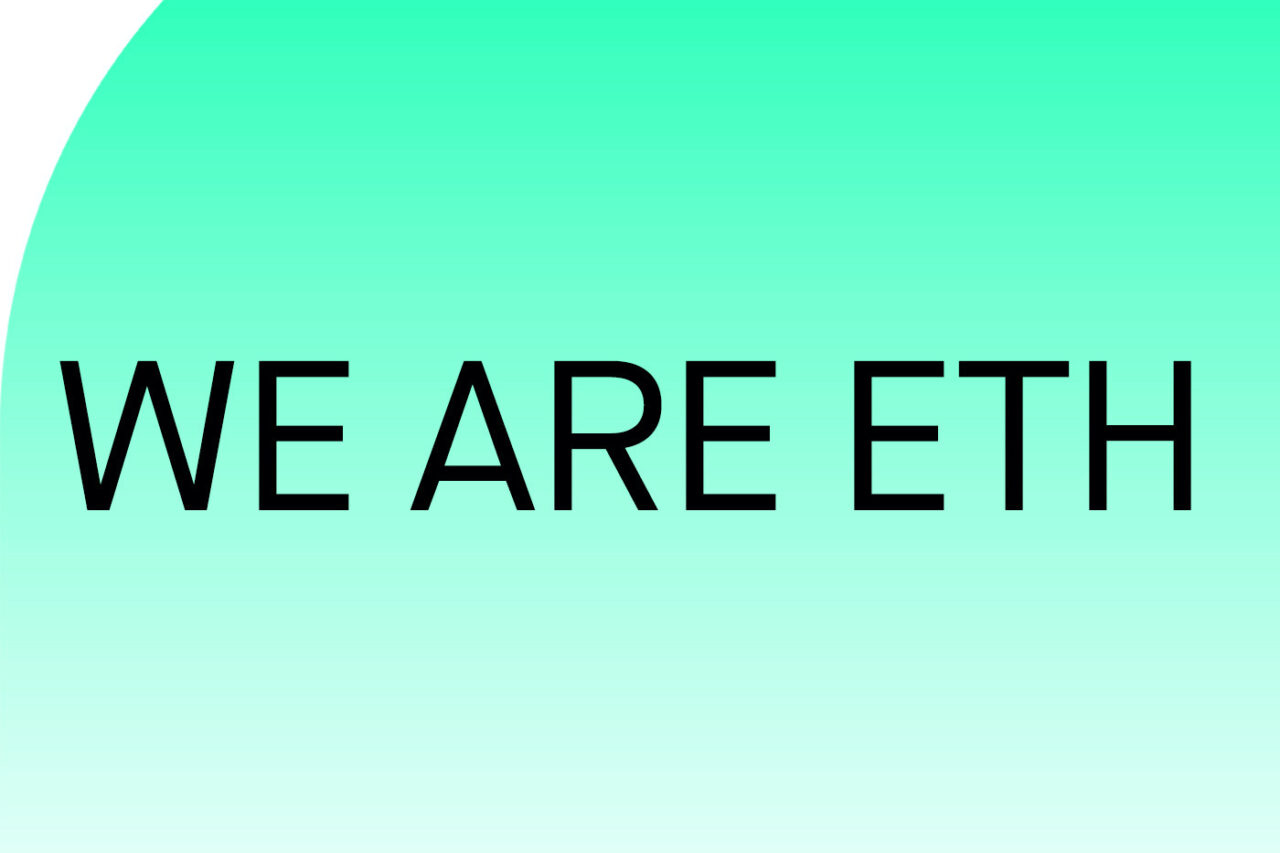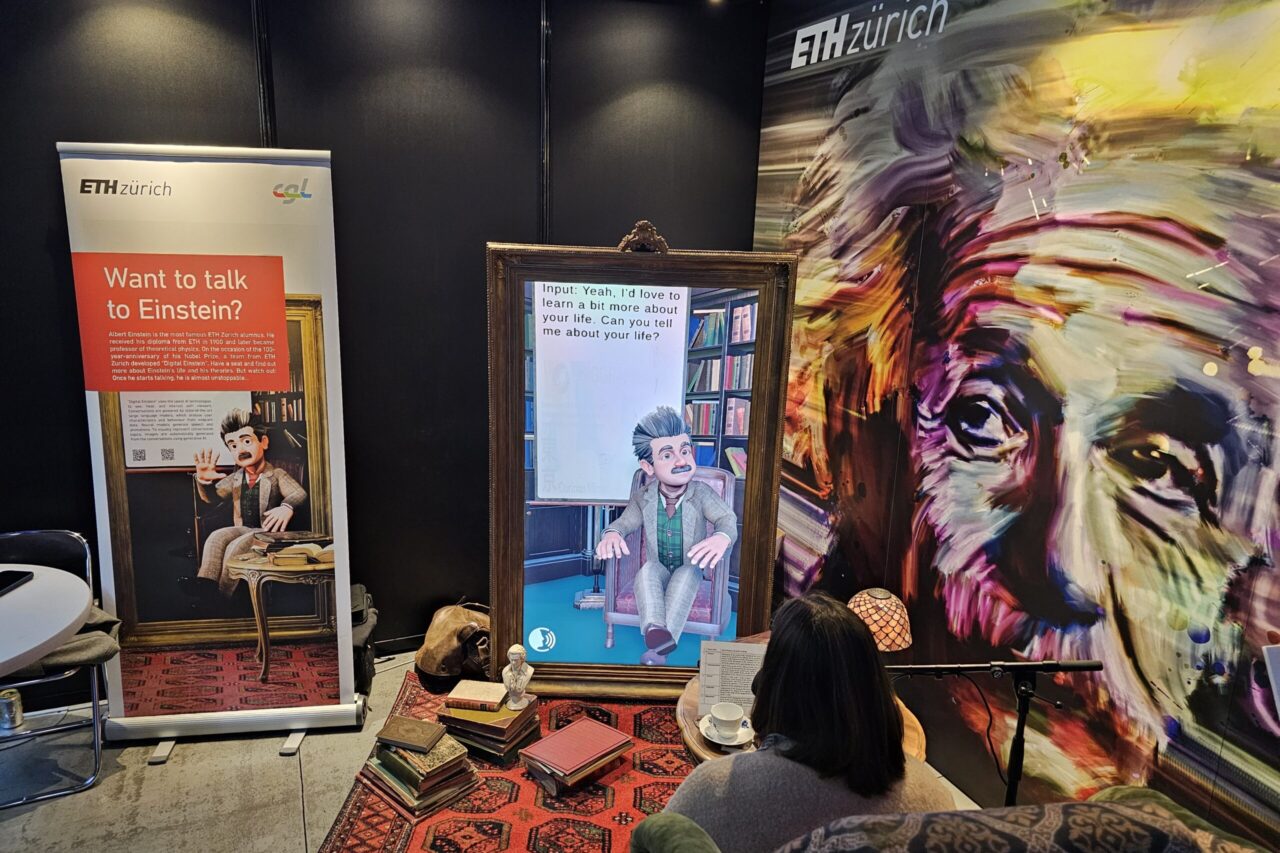The eyes, they say, are the window to the soul.
But what if there is no soul?
That is the problem that many robotics engineers face - humans expect to look into the eyes of other creatures. “Without eyes, humanoid robots or digital characters appear to be soulless,” says engineer Pascal Bérard.
Bérard is the co-founder of the 2019 ETH spin-off Animatico and spent his doctoral research exploring the creation of lifelike eyes for digital humans.
But what if there is no soul?
That is the problem that many robotics engineers face - humans expect to look into the eyes of other creatures. “Without eyes, humanoid robots or digital characters appear to be soulless,” says engineer Pascal Bérard.
Bérard is the co-founder of the 2019 ETH spin-off Animatico and spent his doctoral research exploring the creation of lifelike eyes for digital humans.





